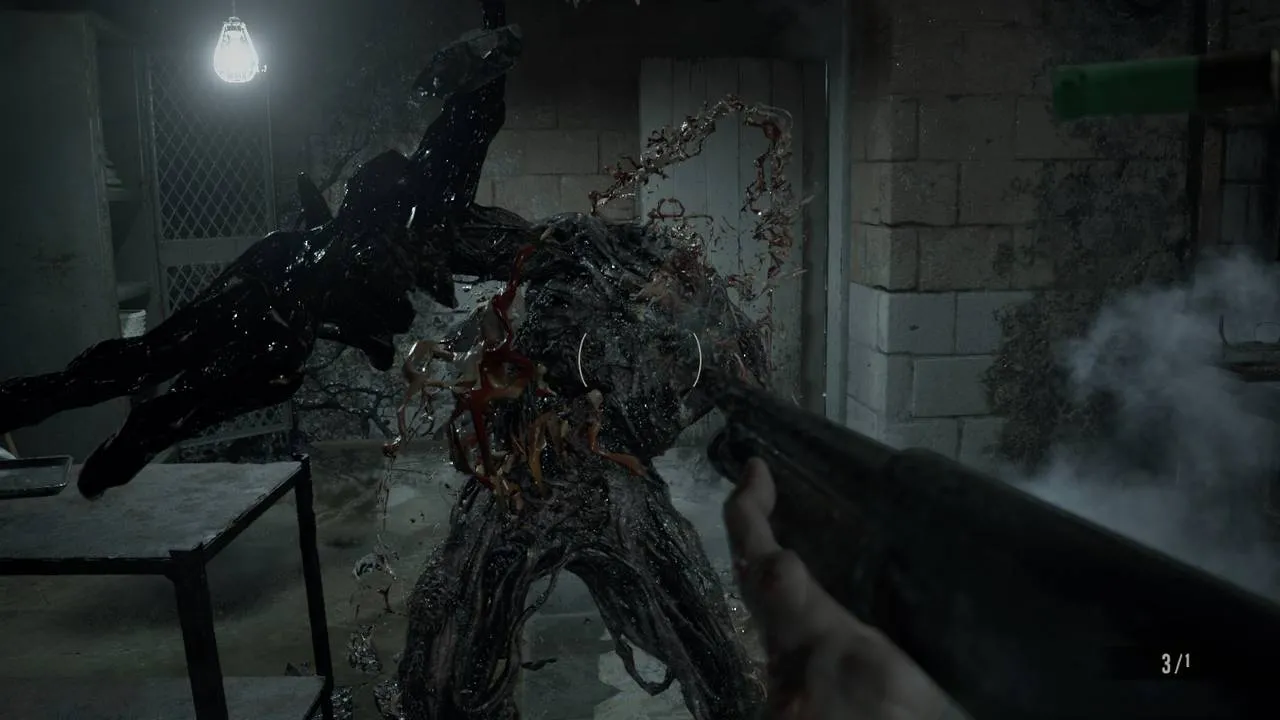
Resident Evil 7: Biohazard – A True Return to Horror
Ethan Winters’ search for his missing wife leads him deep into the Louisiana bayou, a desolate and unsettling landscape. This opening scene of Resident Evil 7: Biohazard immediately establishes a sense of unease. Is this the last glimpse of sunlight we’ll see? Will anyone find Ethan if he gets lost in this wilderness? Is this search a cruel joke, a trap? Resident Evil 7: Biohazard masterfully cultivates anxiety long before the game descends into true darkness.
Twelve years after the release of Resident Evil 4, a game widely considered the pinnacle of the series but also the start of its action-oriented decline, Resident Evil 7 marks a return to the franchise’s survival horror roots. Capcom aimed to create something different, distinct from the current gaming landscape. They confidently declared: “Welcome back, Resident Evil.”
The Unfriendly Residents of Louisiana
 alt text describing first image – Ethan Winters in the Dulvey Haunted House
alt text describing first image – Ethan Winters in the Dulvey Haunted House
The game’s The Shining-esque opening sets the stage for Resident Evil 7‘s chilling first-person perspective, reminiscent of games like Outlast, Alien: Isolation, and Amnesia. However, Resident Evil 7 isn’t purely a “jump scare” horror game. The first-person view doesn’t fundamentally alter the core Resident Evil experience. While the first half emphasizes “run and hide” over direct combat, players still explore a central area, solve puzzles, manage inventory, combine items, and, of course, heal with herbs. The formula is familiar, even if the combination now involves chemicals rather than red herbs.
Combat, too, retains a classic Resident Evil feel. Headshots are key, and targeting exposed weak points remains crucial. What’s missing, perhaps, is the Japanese melodrama of previous entries.
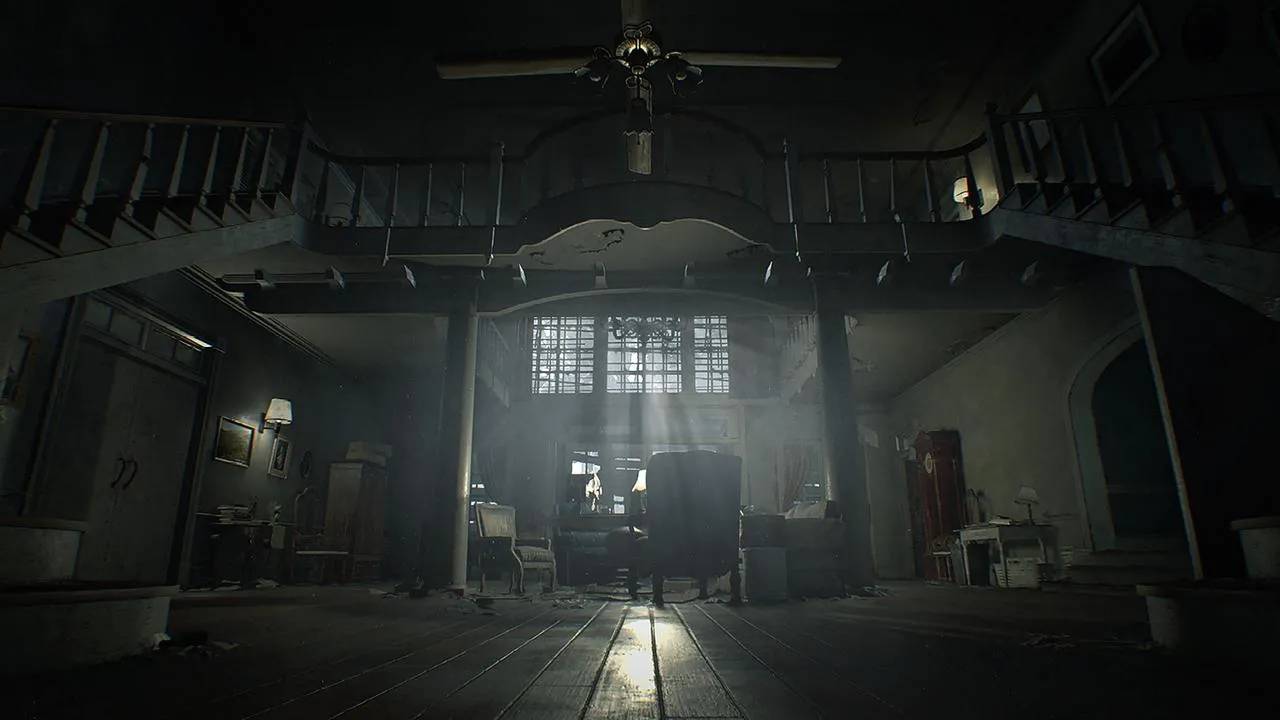 alt text describing second image – Inside the Baker family house
alt text describing second image – Inside the Baker family house
The first two hours within the Baker family mansion are a highlight. The familiar but effective setup allows for free exploration, but the game expertly balances pacing and scares. A relentless stalker reminiscent of Nemesis, claustrophobic environments, and the protagonist’s vulnerability contribute to the tension. Ethan’s limited arsenal, reliance on blocking rather than dodging, and slow movement create a sense of fragility rarely seen in Resident Evil protagonists.
The game’s design echoes classic Resident Evil titles. You’re given a weapon early on, but obstacles constantly remind you of the need for something more powerful. Early enemies possess a chilling resilience, shrugging off attacks and rising again, fostering a sense of resource conservation. This encourages strategic play and emphasizes escape over confrontation.
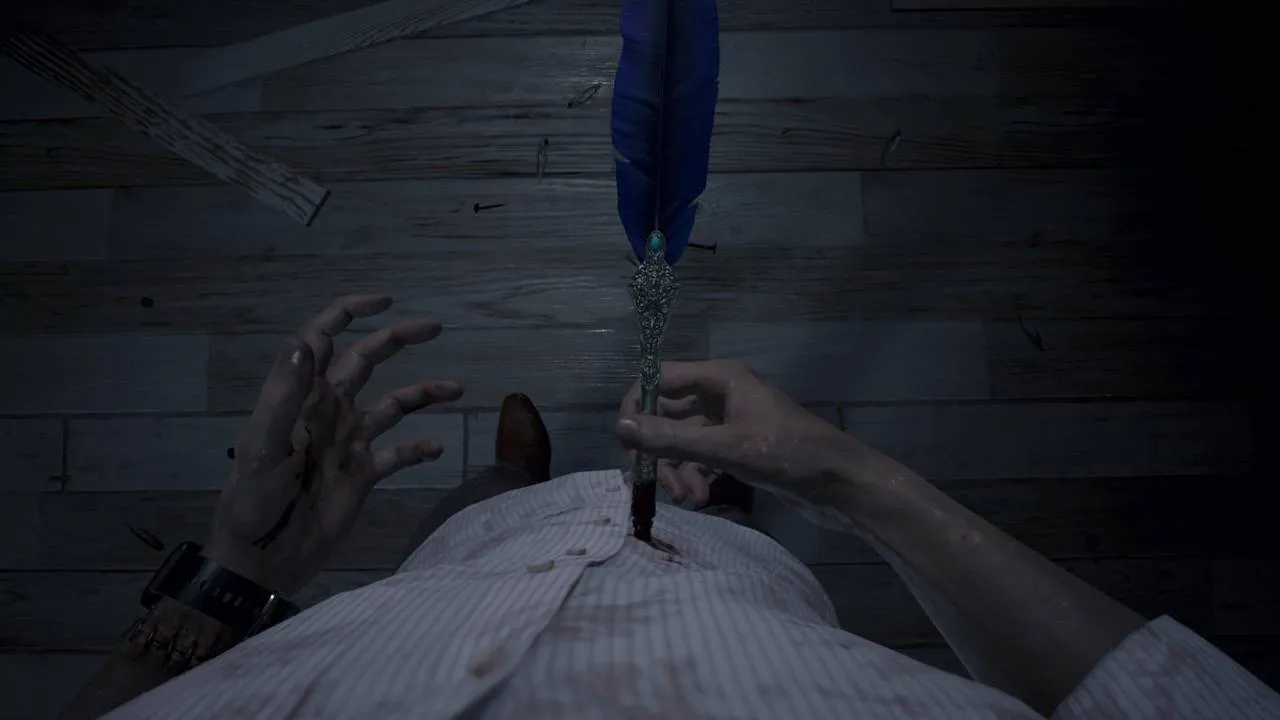 alt text describing third image – Ethan Winters exploring the Baker house
alt text describing third image – Ethan Winters exploring the Baker house
The Baker mansion, a far cry from the Spencer Mansion, is a decaying, unsettling space. Dampness, grime, and the constant creaking of rotting wood create a palpable sense of dread. The mansion isn’t the only location, however. The old house, the yard, the boathouse, and the testing area, while distinct, contribute to a cohesive and unsettling whole. While the game’s later segments outside the main house lose some of the initial tension, the overall environment remains effectively disturbing.
The Baker estate utilizes a classic “Metroidvania” design, gating progress behind key items and puzzles. This encourages thorough exploration and rewards careful observation. VHS tapes offer glimpses into future encounters, sometimes from different perspectives, adding a layer of meta-narrative and gameplay depth. For example, playing as Clancy in the testing area allows players to witness a deadly puzzle firsthand, informing their actions as Ethan.
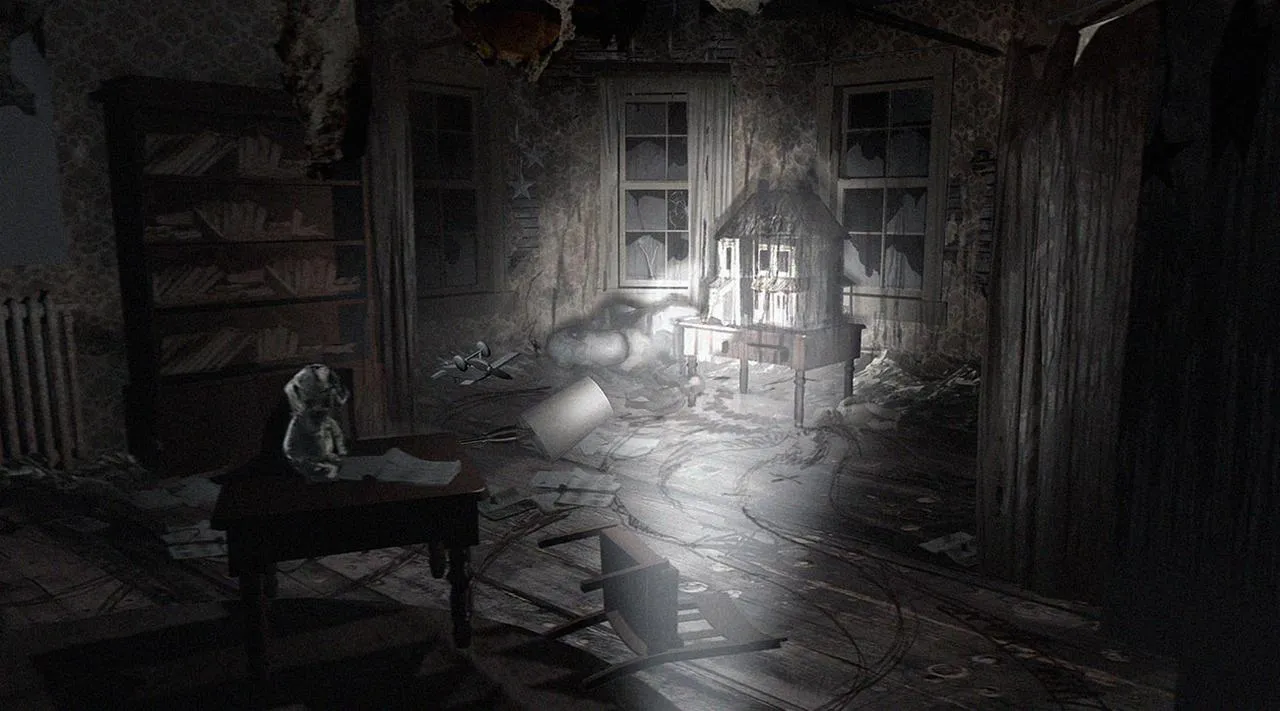 alt text describing fourth image – A grotesque creature in Resident Evil 7
alt text describing fourth image – A grotesque creature in Resident Evil 7
Despite its serious tone, Resident Evil 7 retains a streak of dark humor. Ethan’s exasperated comments and the sheer absurdity of some encounters provide moments of levity. Even without familiar characters, the game tells a compelling, if simpler, story focused on Ethan and Mia’s relationship. The antagonists, too, are memorable, from the immortal patriarch Jack Baker and his welcoming “Welcome to the Family!” to the insect-loving Marguerite, the Joker-esque Lucas, and the unsettling Eveline.
Lingering Mysteries
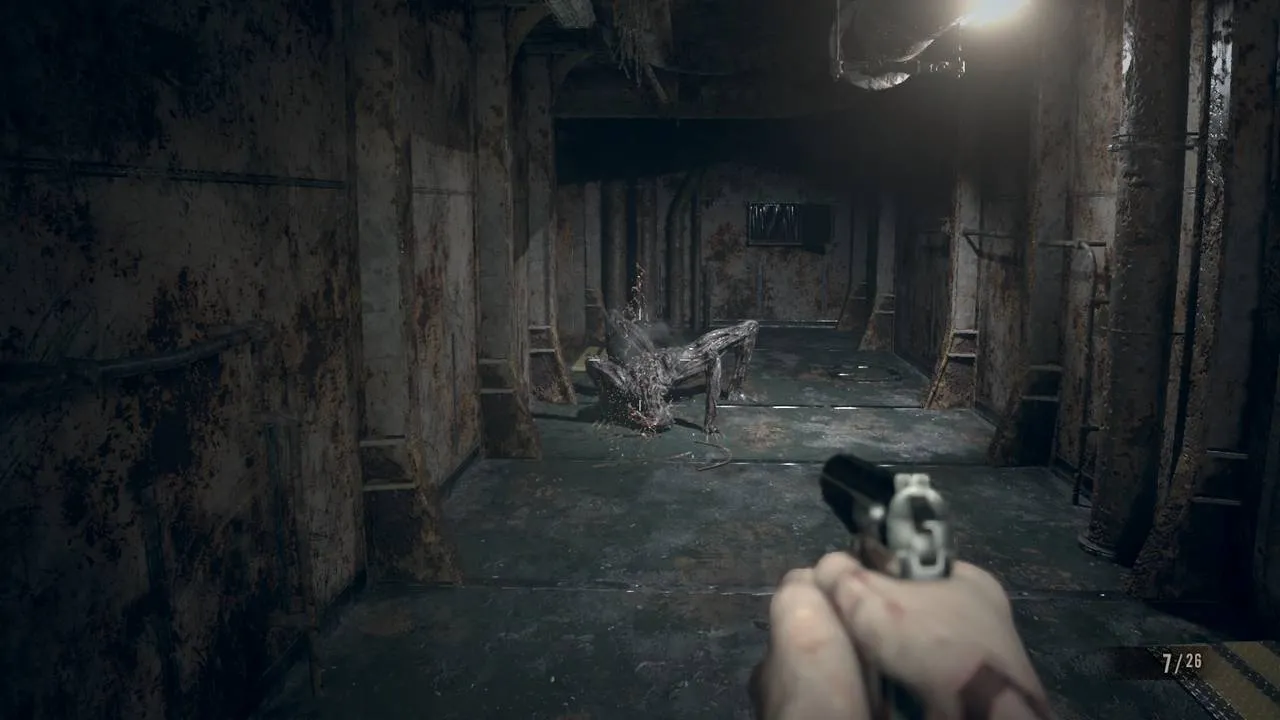 alt text describing fifth image – A screenshot showing inventory management in Resident Evil 7
alt text describing fifth image – A screenshot showing inventory management in Resident Evil 7
While not necessarily a criticism, the Beginning Hour demo arguably set expectations too high in some areas. The demo’s multiple endings and intricate puzzles showcased a level of reactivity not fully realized in the full game. While Resident Evil 7 isn’t strictly linear, it lacks the demo’s replayability and branching narrative.
Two peculiar omissions stand out. The lack of a lean mechanic feels odd in a game emphasizing stealth and cautious exploration. The enemy variety is also surprisingly limited. The “Molded,” while visually disturbing, offer little tactical variation. Their weakness to headshots simplifies encounters, lacking the creative creature design seen in previous Resident Evil titles.
The final boss fight is another disappointment. It feels rushed and anticlimactic, devolving into a simple shooting gallery lacking the strategic depth of earlier encounters.
Conclusion
Resident Evil 7: Biohazard successfully revitalizes the franchise’s survival horror roots. The atmosphere, pacing, and environmental storytelling are masterfully crafted. However, the limited enemy variety, the absence of a lean mechanic, and the underwhelming final boss fight prevent it from reaching true greatness. Despite these shortcomings, Resident Evil 7 marks a welcome return to form, offering a chilling and engaging experience. Will Capcom continue down this path with future installments? Only time will tell.
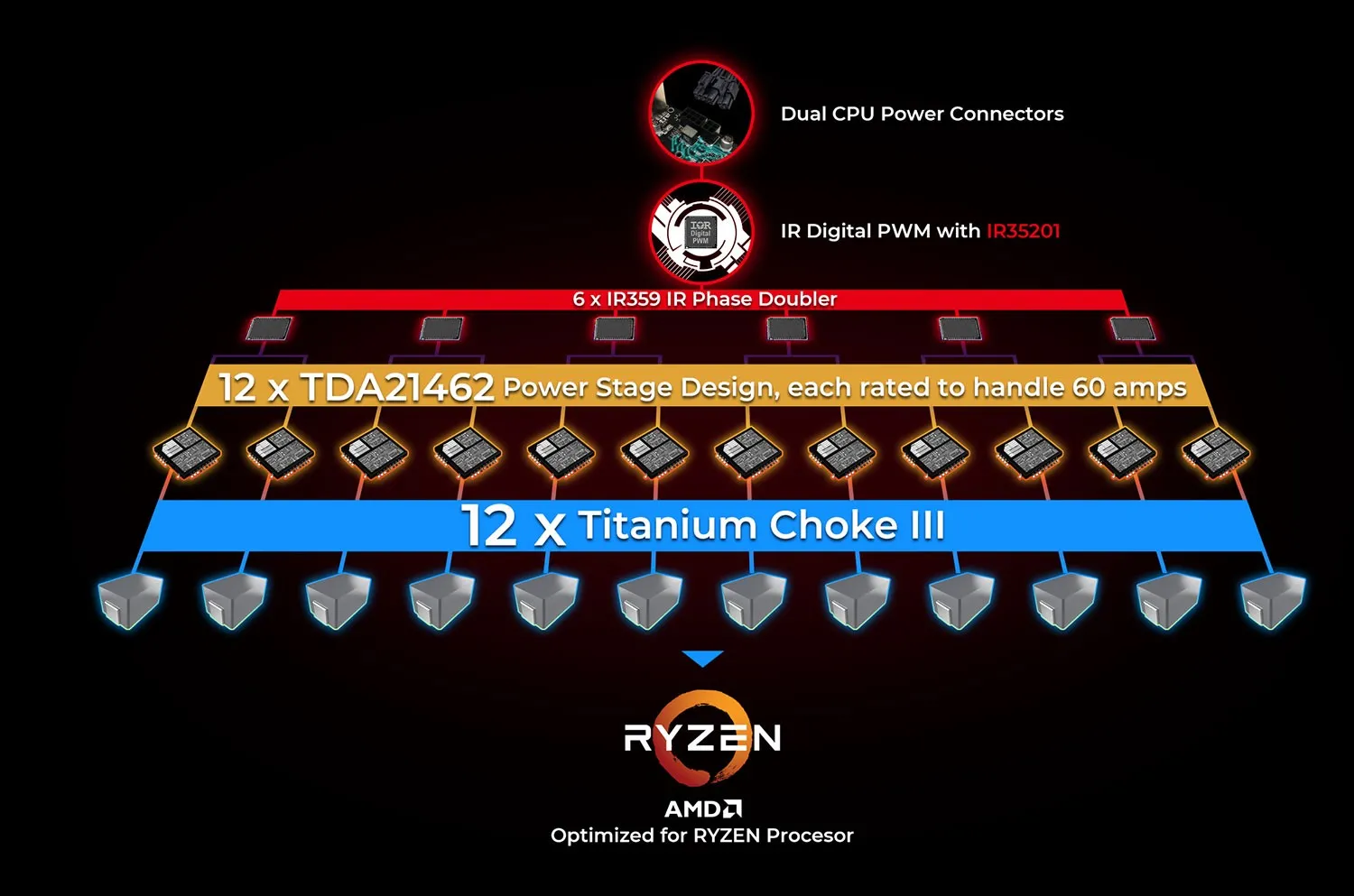

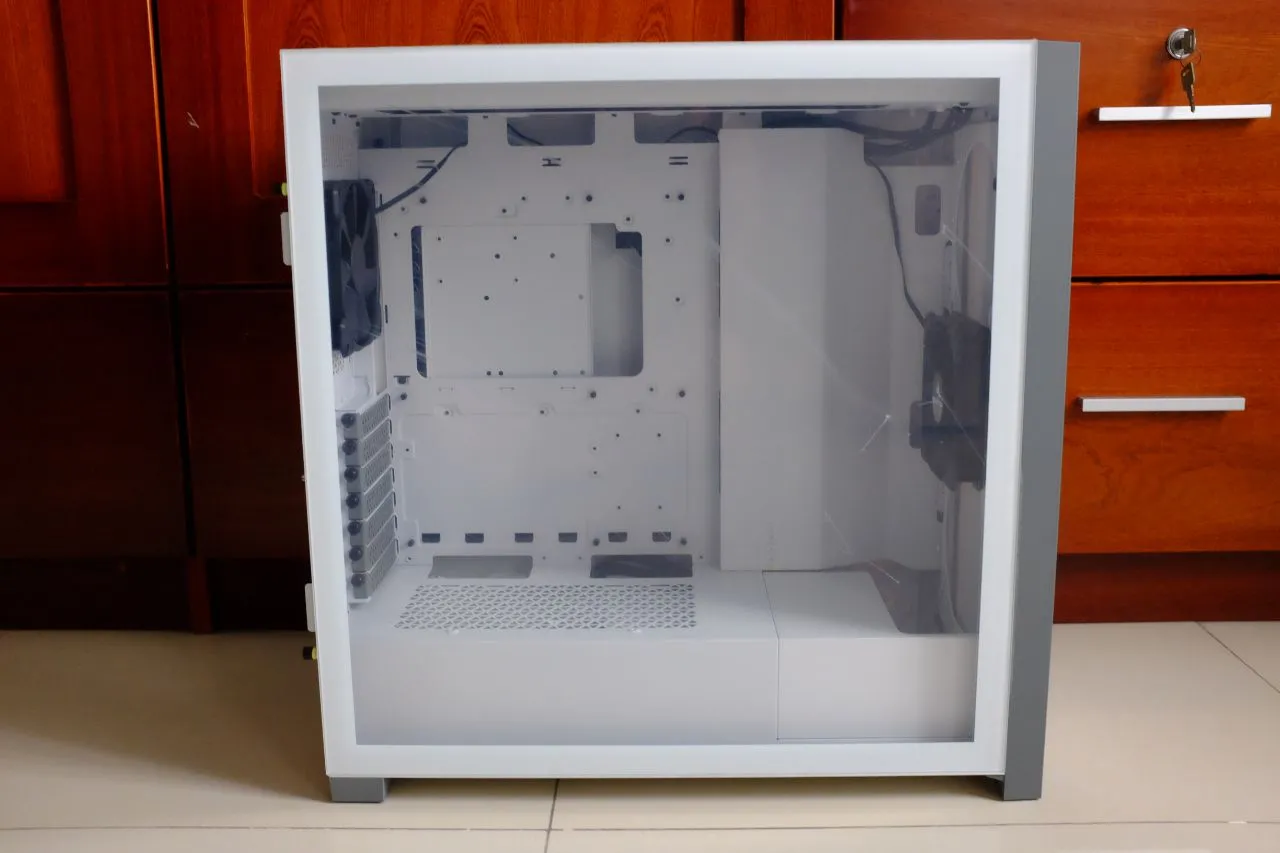
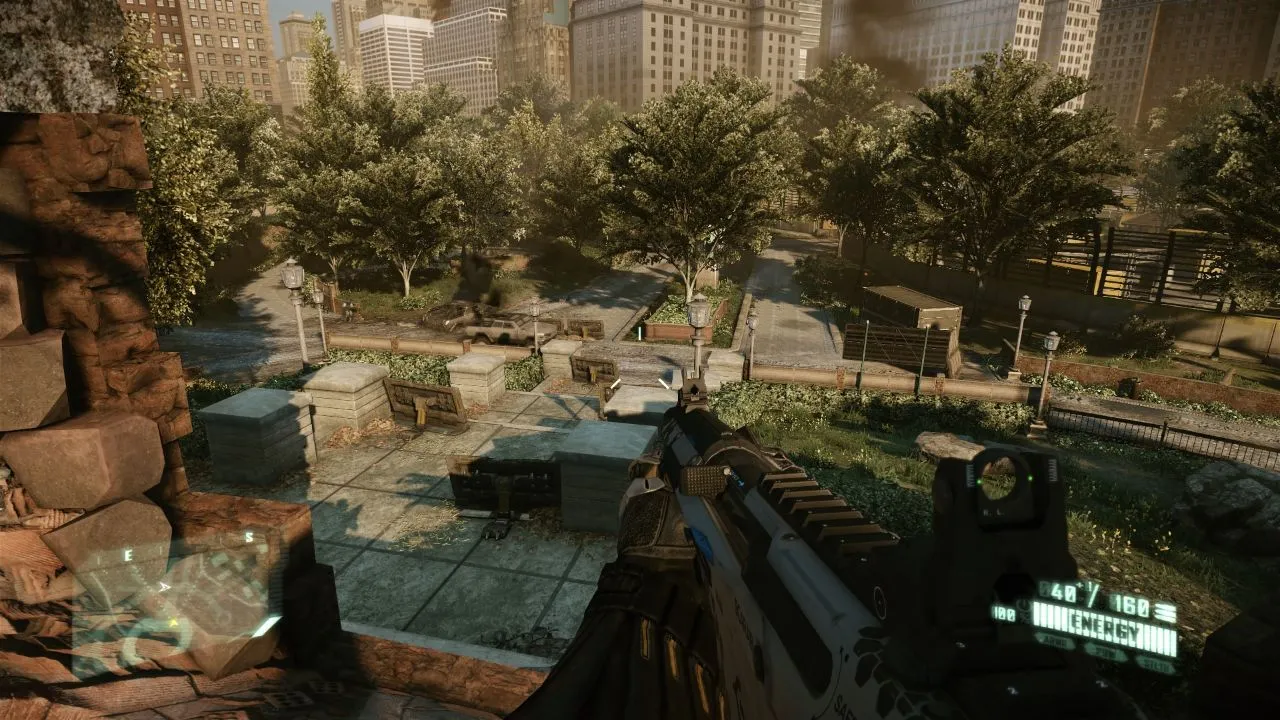

Comments (0)